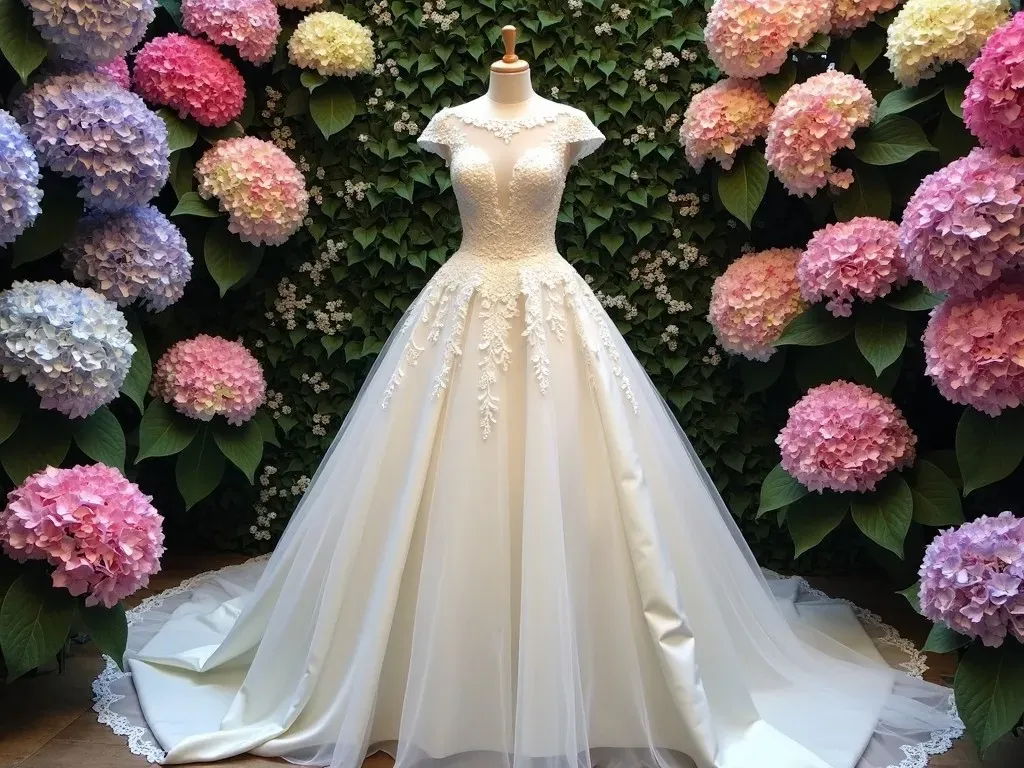Double Hydrangeas, also known as double bloom hydrangeas or double flower hydrangeas, are a captivating variety that has garnered quite a following among garden enthusiasts. These unique blossoms stand out for their vibrant colors and voluminous flower heads, which can add a luxurious touch to any garden or landscape. Their ability to re-bloom throughout the summer and into early fall only enhances their appeal. With many variations available, each type offers something special to both novice and experienced gardeners alike.
Understanding Double Hydrangeas
Double hydrangeas are notably characterized by their fully double flowers, which create a lush and full appearance in comparison to their single-flowered counterparts. These plants typically come in various colors, including shades of blue, pink, and white, depending on the soil acidity and specific variety cultivated. For example, the popular Double Down® hydrangea produces mophead blooms that transition from pink in alkaline soils to blue in acidic conditions, offering an incredible display of color throughout the blooming season.
Quick Facts About Double Hydrangeas
| Feature | Description |
|---|---|
| Flower Type | Fully double blooms |
| Color Variety | Pink (alkaline), Blue (acidic), White |
| Bloom Season | Summer through early fall |
| Height | Typically ranges from 3 to 10 feet |
| Sun Exposure | Prefers partial shade to full sun |
| Maintenance Level | Low to moderate, requires regular deadheading |
Popular Varieties of Double Hydrangeas
There are numerous varieties of double hydrangeas that cater to different aesthetic preferences and garden conditions.
1. Double Delight Stargazer Hydrangea
This hybrid lacecap hydrangea stands out with its unique picotee flowers, delicate clusters of large lacecap blooms, and broad color range from pink to purple and blue. It is known for its long blooming season and exceptional cold tolerance.

2. Double Down® Hydrangea
AnOther favorite among florists, this variety features mophead blooms that persist through the summer. Its compact growth habit makes it perfect for small gardens and containers.

3. Double Delights Wedding Gown Hydrangea
This bigleaf cultivar showcases pure white double blooms, creating a soft and elegant look that consistently enchants those who gaze upon it.

4. hydrangea macrophylla ‘Star Gazer’
The ‘Star Gazer’ is an exquisite lacecap hydrangea with spectacular starry double florets adorned with white picotee edges, blooming from early summer to fall.

Reference Video
Growing and Caring for Your Double Hydrangea
Planting and Soil Conditions
Double hydrangeas can thrive in diverse environments but favor well-draining soil that is rich in organic matter. Planting in partial shade to full sun ensures optimal growth, while good air circulation helps prevent diseases.
Soil pH Considerations:
- Acidic Soil (pH 5-6): Produces blue flowers.
- Neutral Soil (pH 6-7): Produces purple flowers.
- Alkaline Soil (pH 7-8): Produces pink flowers.
Watering and Fertilization
Hydrangeas prefer consistently moist soil but don’t thrive in waterlogged conditions. A deep watering once a week during dry spells is adequate. For fertilization, a balanced granular fertilizer can promote robust growth and abundant blooms.
Pruning Techniques
To encourage healthy growth and more blooms, deadhead spent flowers regularly. Prune your double hydrangeas in late winter to early spring, before new growth begins. This practice also helps maintain the desired shape and size of the plants.
| Pruning Tips | Description |
|---|---|
| When to Prune | Late winter to early spring |
| Purpose of Pruning | Encourage blooms, maintain shape |
| Regular Deadheading | Promotes new growth |
Pest and Disease Management
Double hydrangeas are susceptible to common pests such as aphids and spider mites. Regular monitoring and using insecticidal soap can control infestations. Additionally, ensure good air circulation around the plants to prevent issues related to fungal diseases.
Elevated Aesthetic Impact of Double Hydrangeas in the Garden
In addition to their beauty, double hydrangeas contribute significantly to garden biodiversity. They attract pollinators like bees and butterflies, making them an excellent choice for any environmentally conscious gardener.
Create Stunning Arrangements
Double hydrangeas can be effectively incorporated into floral arrangements due to their unique shape and resilience as cut flowers. They can serve as stunning centerpieces for events, anchoring the arrangement with their vibrant blooms.
| Floral Arrangement Ideas | Description |
|---|---|
| Centerpiece for Weddings | Adds elegance with classic blooms |
| Mixed Bouquets | Pairs beautifully with other flowers |
| Seasonal Decorations | Great for holiday arrangements |
FAQ About Double Hydrangeas
Q: Are double hydrangeas easy to grow?
A: Yes, they are generally easy to grow as long as their basic needs for sunlight, moisture, and proper soil conditions are met.
Q: How often do double hydrangeas bloom?
A: They typically bloom from summer through early fall, often producing more flowers if maintained correctly.
Q: Can I grow double hydrangeas in containers?
A: Absolutely! Double hydrangeas do well in containers as long as they have good drainage and are not placed in direct scorching sunlight.
Q: How do I change the color of my double hydrangea?
A: You can alter the color by adjusting the soil pH. To make flowers more blue, add sulfur or aluminum sulfate to the soil. For pink flowers, lime can be applied to raise the pH.
Q: Where can I buy double hydrangeas?
A: Local nurseries often carry various double hydrangea varieties. Online retailers like Star® Roses and Plants offer specific cultivars for sale as well.
With their majestic blooms and low-maintenance care regimens, double hydrangeas hold the power to transform any space into a floral paradise, making them an essential choice for gardening aficionados.


